 It has been my privilege and pleasure to contribute to the preservation and archiving of the 200+ scrapbooks about Pittsburgh music that are housed in the William R. Oliver Special Collections Room. These scrapbooks come from many different sources and were put together by significant figures or organizations important to the music history of Pittsburgh. Some were donated to the Carnegie Library by the individual or organization, others bequeathed to CLP by the families after the person passed away. Some had been meticulously put together, and others collect every scrap of paper having to do with music from every region and from every source. Some span years of time, and others a single season. They contain correspondence, photos, concert programs, newspaper and magazine articles, and other various forms of ephemera.
It has been my privilege and pleasure to contribute to the preservation and archiving of the 200+ scrapbooks about Pittsburgh music that are housed in the William R. Oliver Special Collections Room. These scrapbooks come from many different sources and were put together by significant figures or organizations important to the music history of Pittsburgh. Some were donated to the Carnegie Library by the individual or organization, others bequeathed to CLP by the families after the person passed away. Some had been meticulously put together, and others collect every scrap of paper having to do with music from every region and from every source. Some span years of time, and others a single season. They contain correspondence, photos, concert programs, newspaper and magazine articles, and other various forms of ephemera.
To view an index of finding aids, please see Pittsburgh Music Archives.
A few highlights:
Adolph M. Foerster – A composer, music teacher and music historian  especially about Pittsburgh, his articles were featured in The Musical Forecast and other national music periodicals. His eclectic scrapbooks contain a wide variety of things. Look especially at Scrapbook #5 which contains articles about the music history of Pittsburgh, the first one being from August 12, 1900: “Musical Successes of Old Pittsburgh.”
especially about Pittsburgh, his articles were featured in The Musical Forecast and other national music periodicals. His eclectic scrapbooks contain a wide variety of things. Look especially at Scrapbook #5 which contains articles about the music history of Pittsburgh, the first one being from August 12, 1900: “Musical Successes of Old Pittsburgh.”
…………………………………………………………………………………………………………………
William Evens – 6 scrapbooks from 1791-1860. Evens taught singing for 40 years and helped to organize Pittsburgh’s first Musical Society. These books are one of the only sources of information available on the development of music in Pittsburgh during the first half of the Nineteenth Century.
Charles C. Mellor – a scrapbook dated 1858-1875, and his father John H. Mellor, scrapbooks from 1848-1860. John Mellor came to Pittsburgh in 1831 to become the organist at Trinity Episcopal Church. He founded the first music store in Pittsburgh, “Mellor’s,” in 1831. This was billed as America’s oldest piano house. His son, Charles C. Mellor, took over ownership of the store in 1863, and was a trustee of The Carnegie Library, appointed by Andrew Carnegie in 1895.
Poia – Walter McClintock (1870-1949) lived with the Blackfoot Indian tribe for many years, and wrote a number of books about their society and customs. Poia, an opera based on the Blackfoot tribe, was composed by Arthur Nevin at the request of McClintock. The library has a scrapbook from McClintock, half devoted to clippings about one of his books, Old North Trail, and half devoted to clippings about Poia and how it was received (hint – not very well).
Tuesday Musical Club – 22 volumes of scrapbooks from 1903 – 1973. 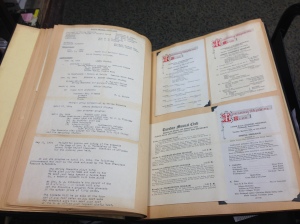 I have been working on the preservation of these scrapbooks, and am currently up to volume 16.
I have been working on the preservation of these scrapbooks, and am currently up to volume 16. 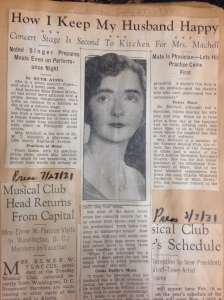 They are a wonderful resource for Pittsburgh Music History, and for a look at the role of women in society. The styles of the scrapbooks change with the different secretaries that put them together.
They are a wonderful resource for Pittsburgh Music History, and for a look at the role of women in society. The styles of the scrapbooks change with the different secretaries that put them together.
George H. Wilson – Wilson came to Pittsburgh in 1895 to serve as manager for the newly opened Carnegie Music Hall in Pittsburgh, as well as for the Pittsburgh Orchestra housed there. He was also manager for the Art Society of Pittsburgh. His 44 scrapbooks have different categories. Some are personal scrapbooks containing things like correspondence, and some are for the organizations that he was a part of, like The Grand Opera, and The Pittsburgh Orchestra. We also have 22 volumes of the associated collection – Pittsburgh Orchestra Correspondence, which contain items such as official letters for the organization, contracts, and programs.
Charles N. Boyd – The library houses over 100 scrapbooks from Mr. Boyd, including the biggest scrapbook I have ever seen. Fifteen of them are primarily about Mr. Boyd himself, articles he wrote, or groups and performances he participated in.
The Carnegie Library is an important resource for primary source material. You need to make an appointment at the Oliver Room to view these in person.
-Joelle


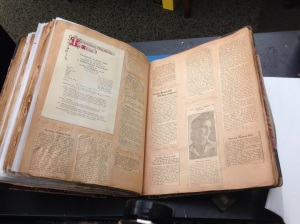
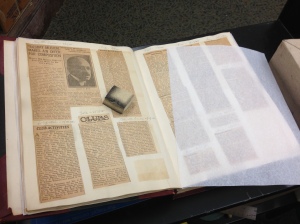
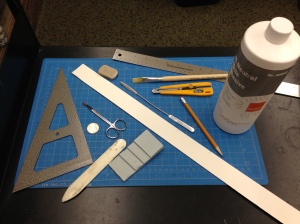
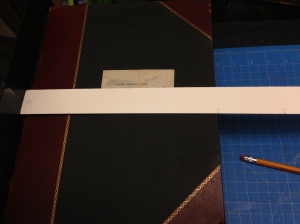
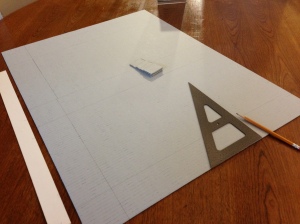
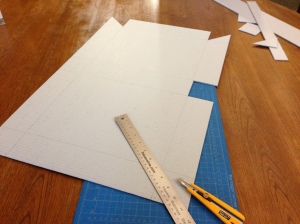

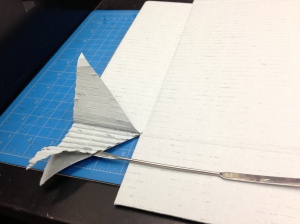
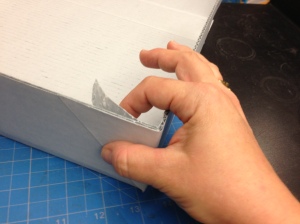
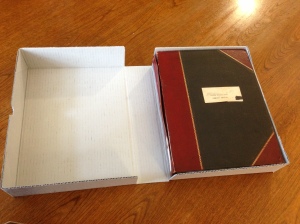
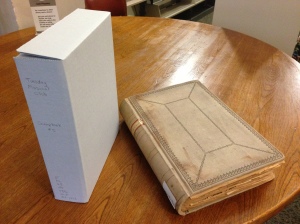 Volume 5 completed. Volume 6 up next.
Volume 5 completed. Volume 6 up next.





